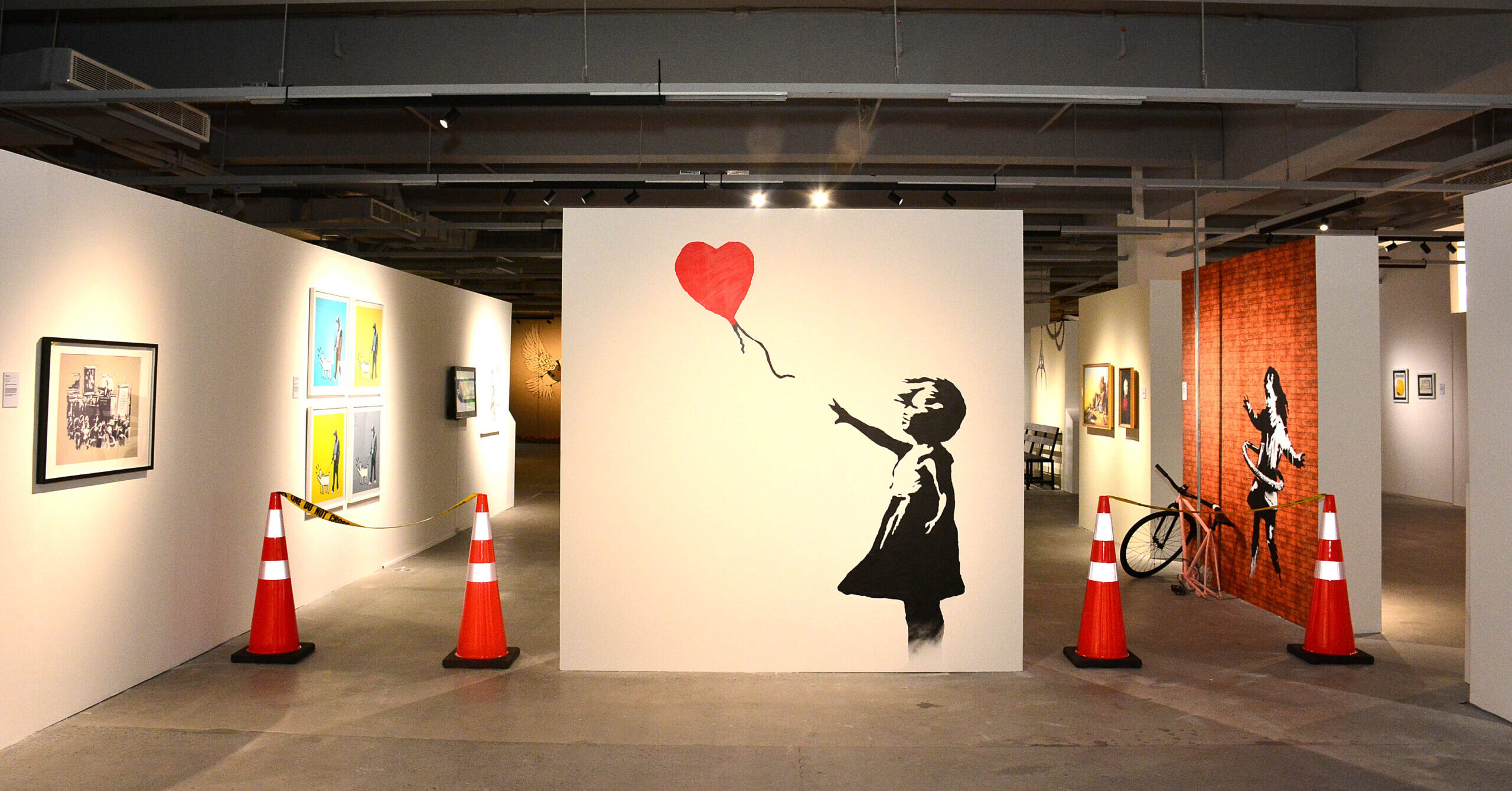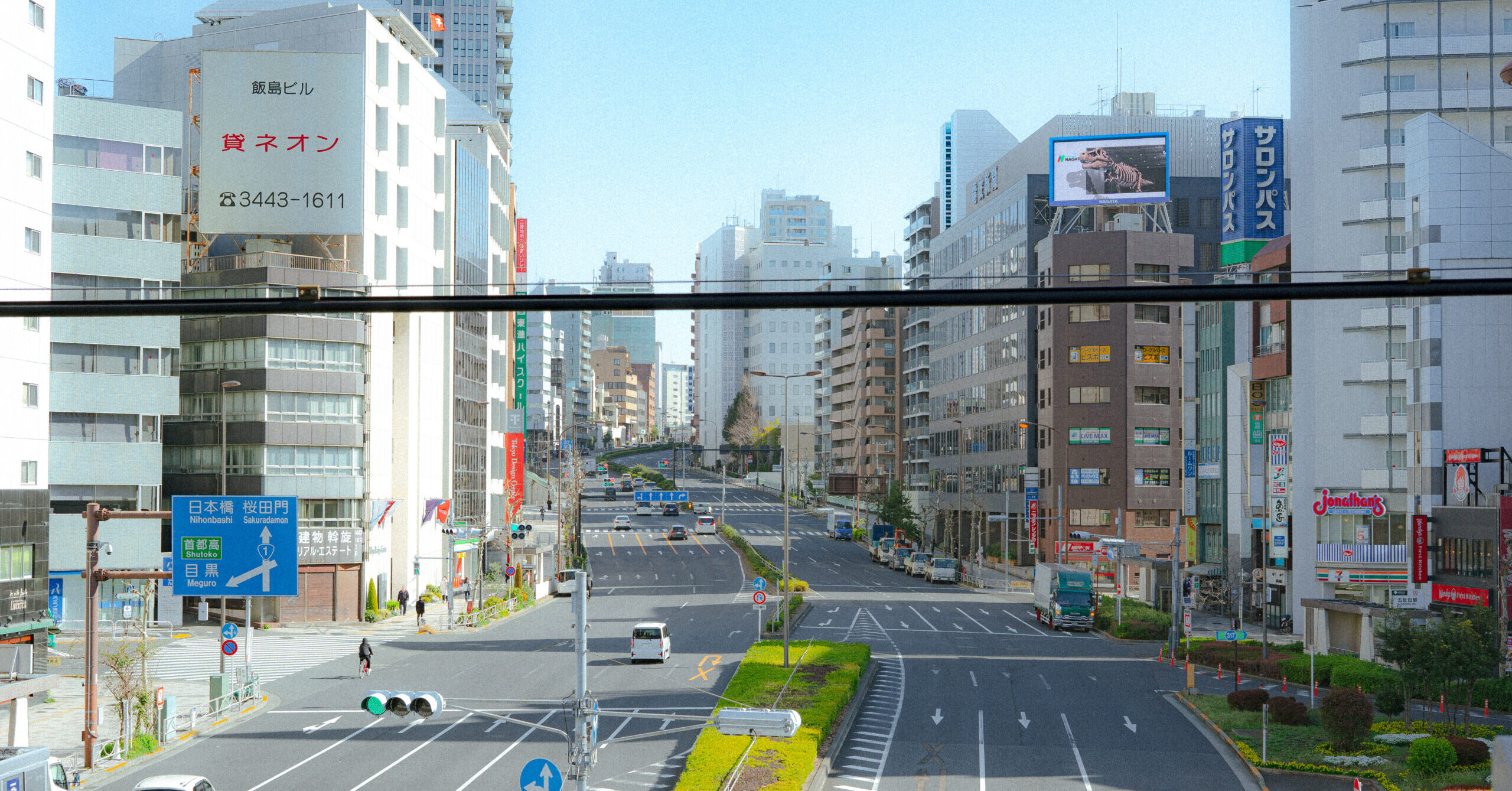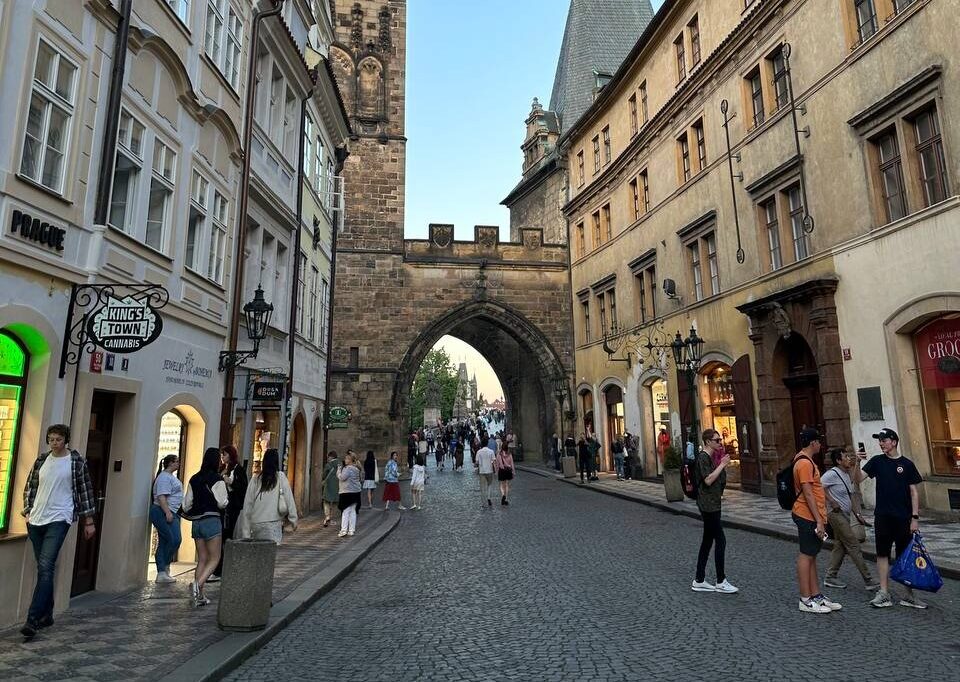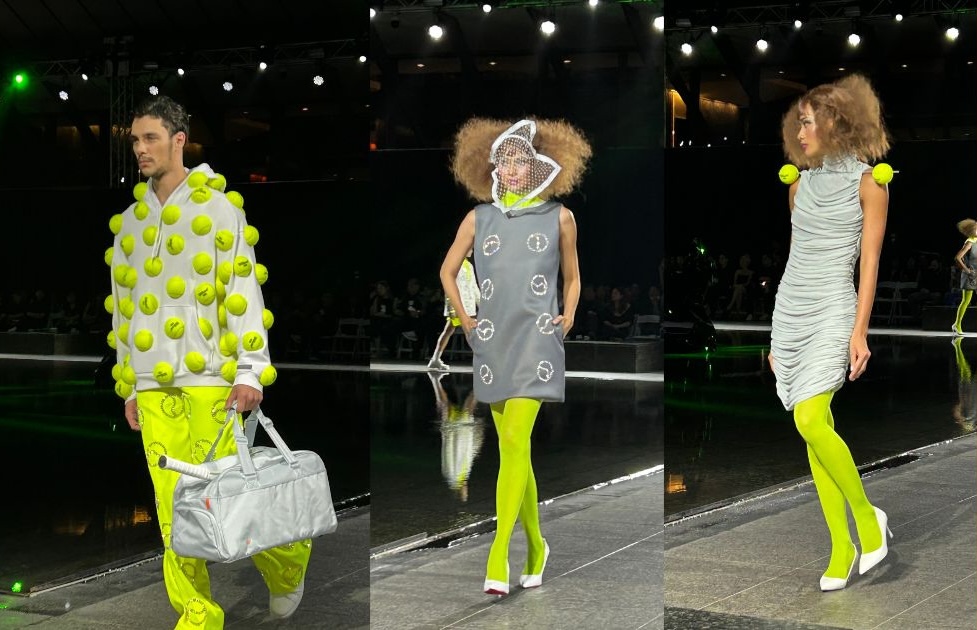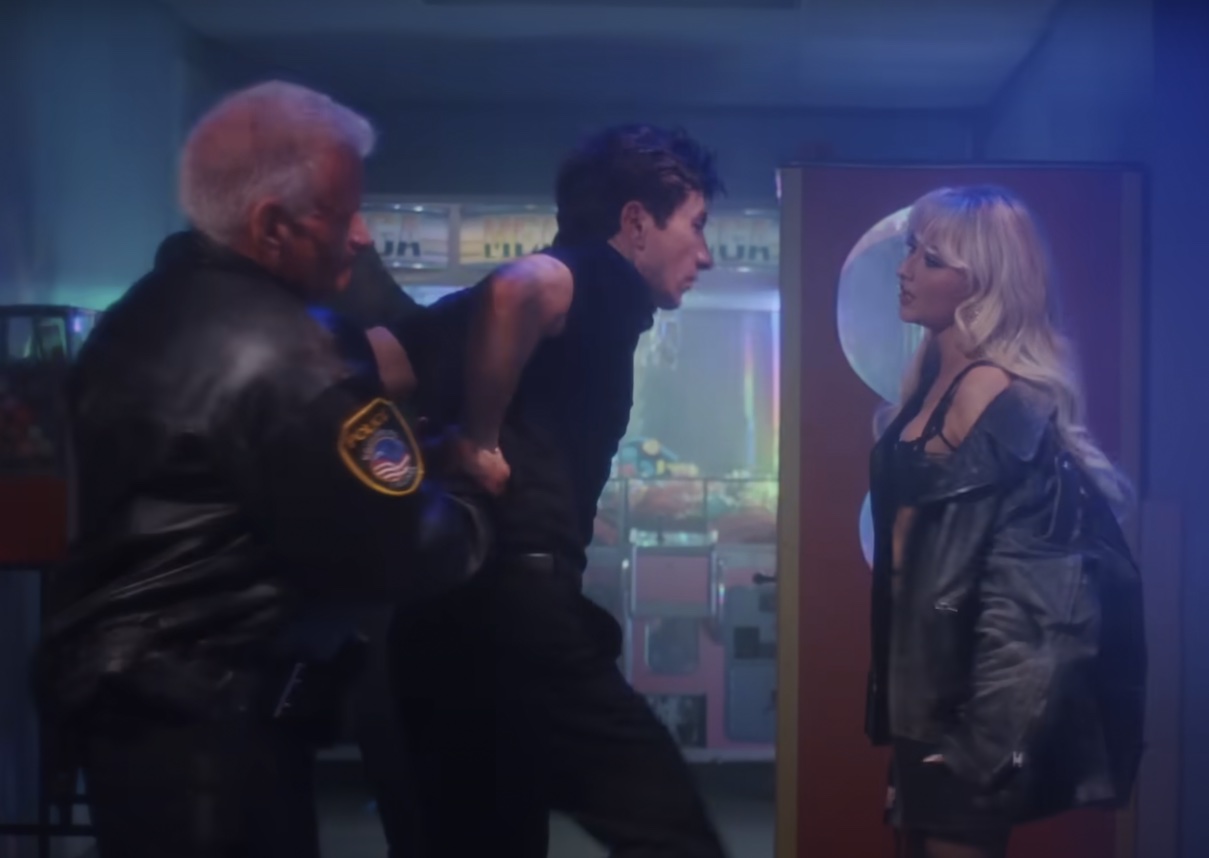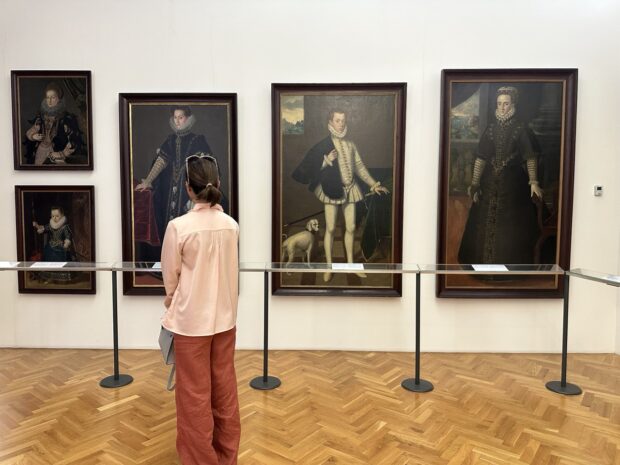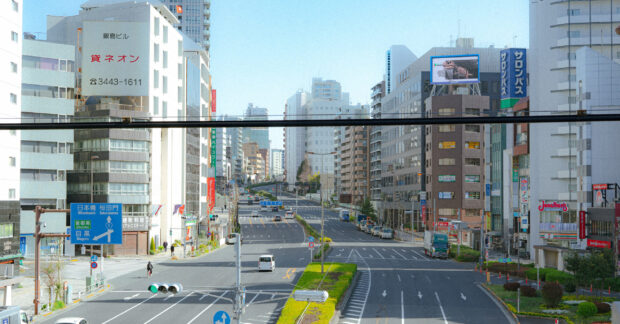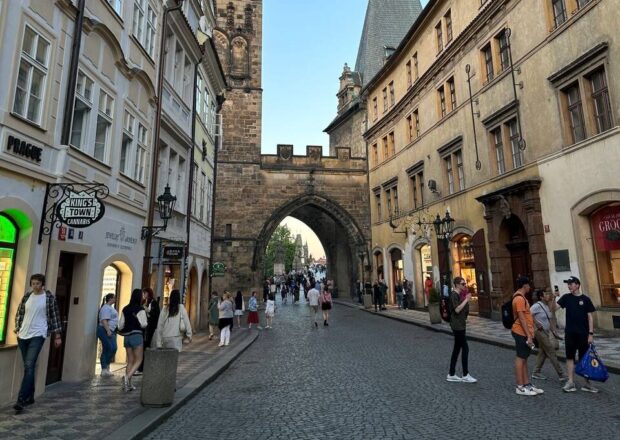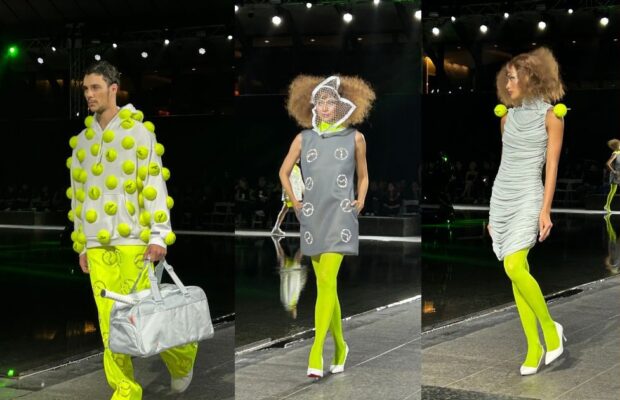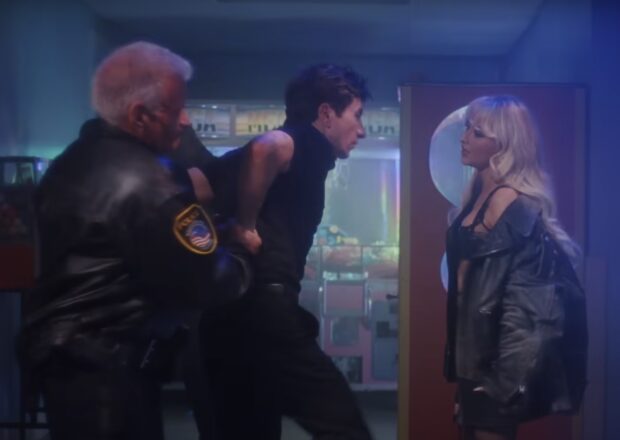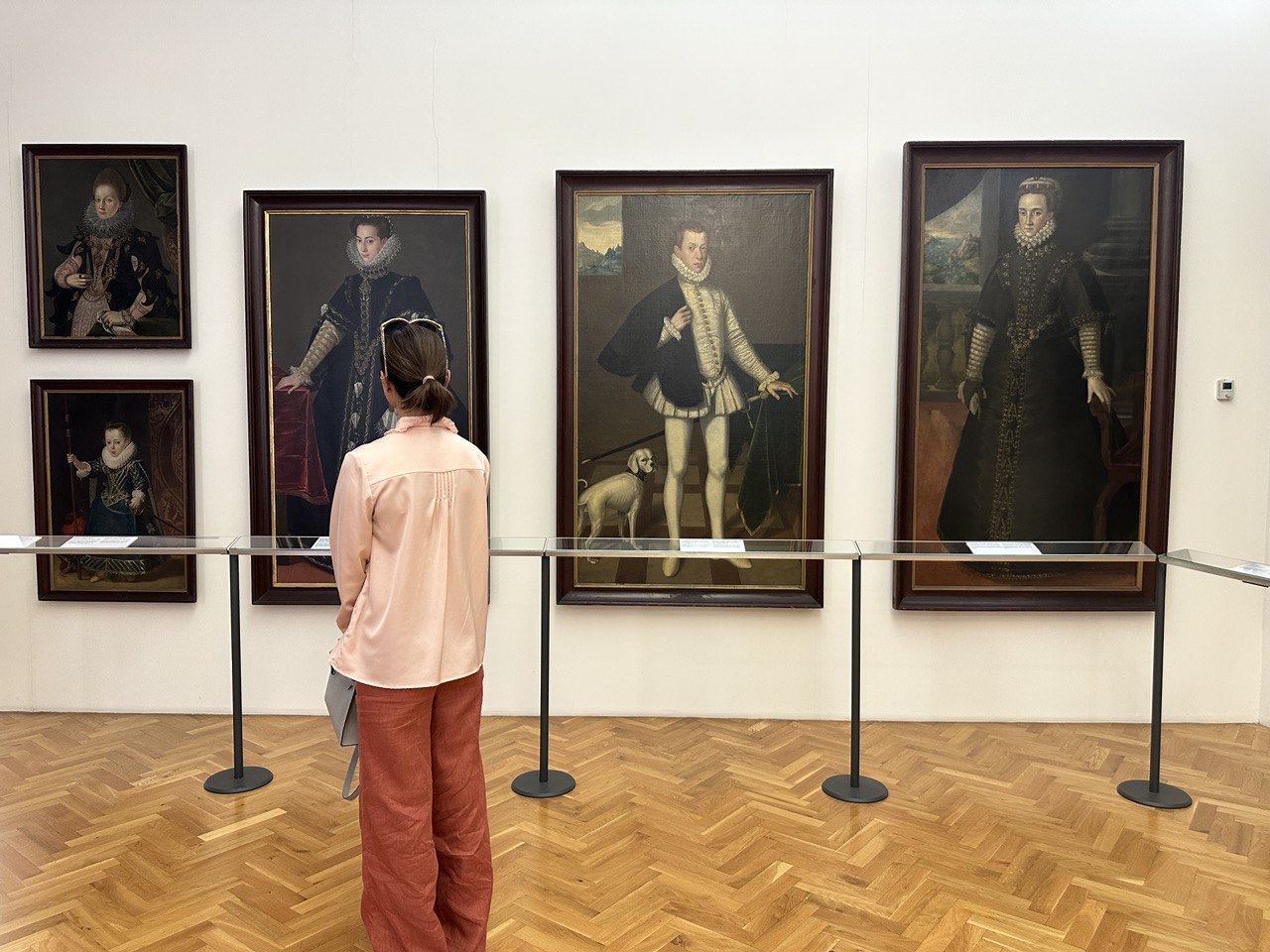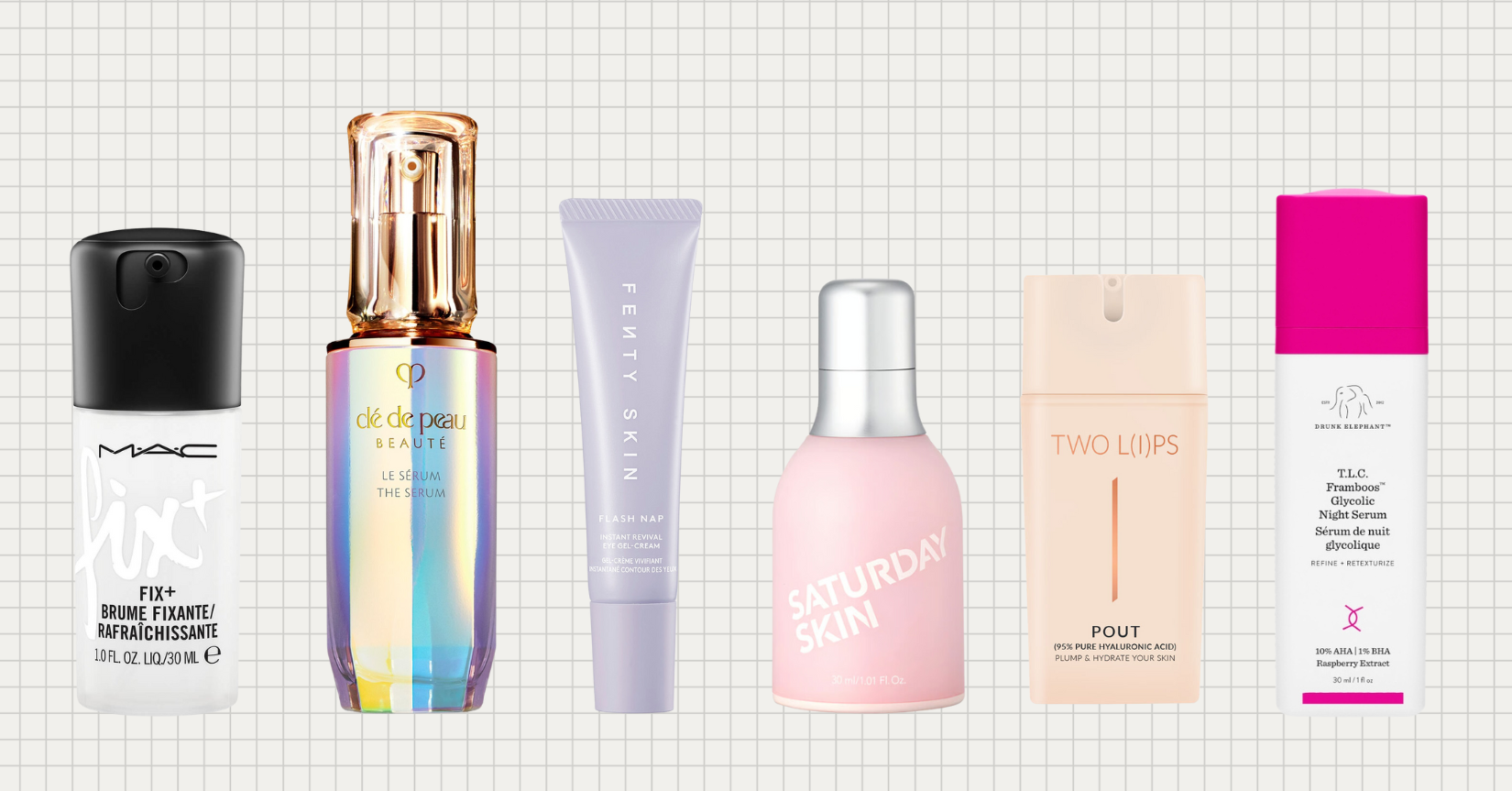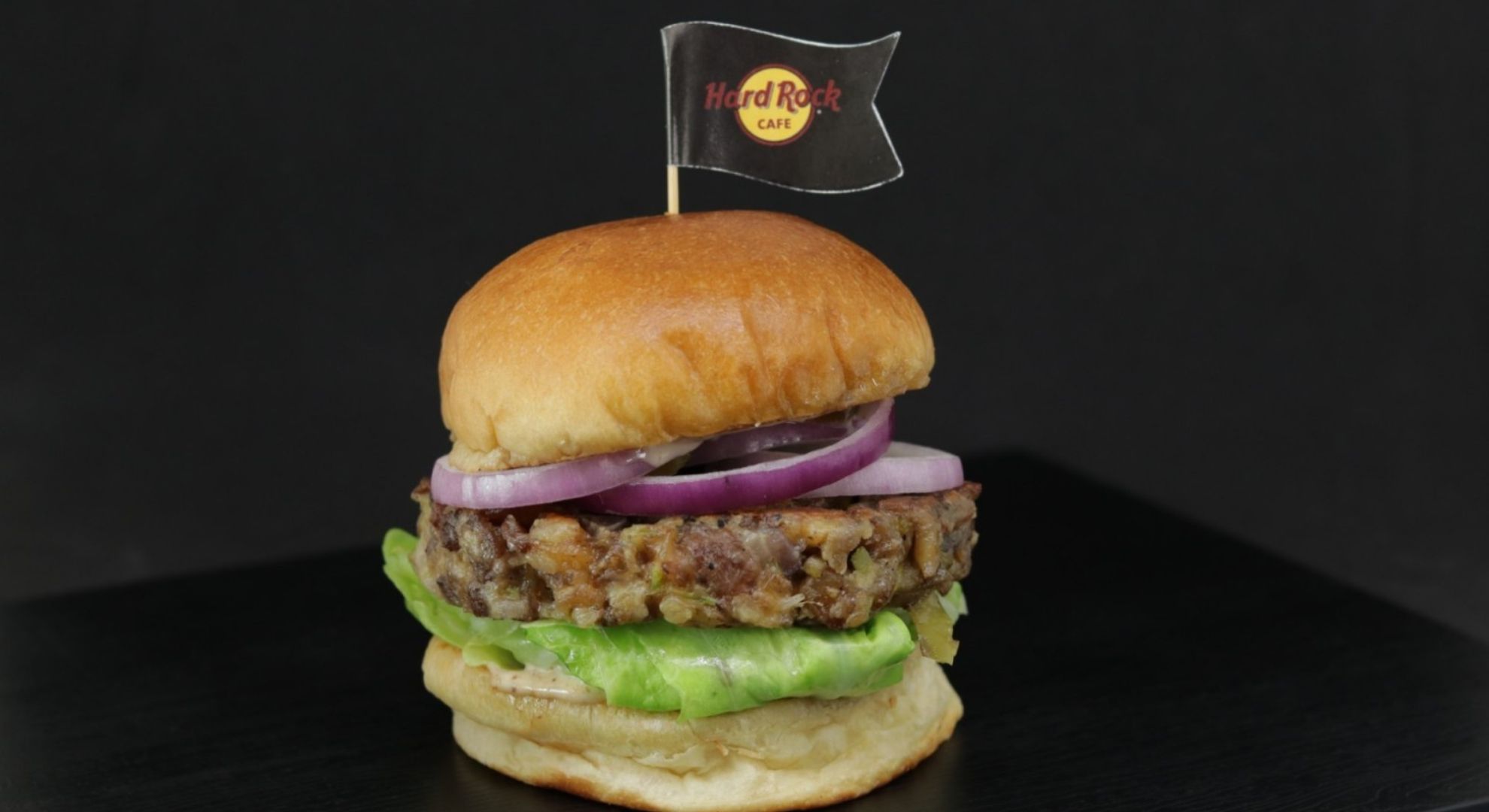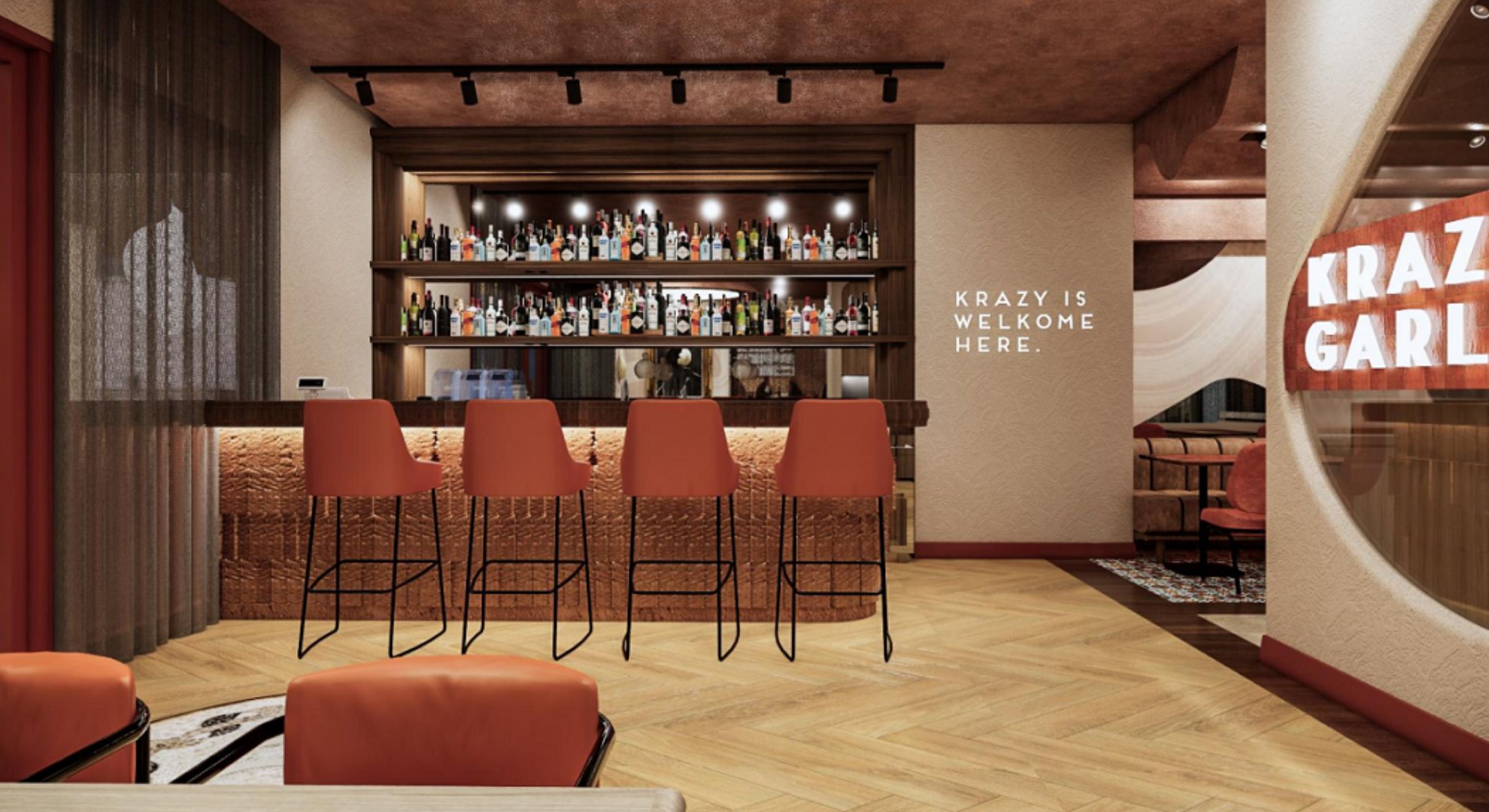Held at The Metropolitan Museum of Manila, this unauthorized showcase of Banksy’s work has spurred discussions on art, authenticity, and institutional critique
The presence of Banksy’s work in Manila, both original and recreated, has stirred up heated conversation with the recent unauthorized exhibition “Banksy Universe” that runs at The Metropolitan Museum of Manila (The M) from May 14 to Nov. 20, 2024.
The exhibit has prompted discussions filled with complexities and points of contention, tackling the finer points of graffiti, made worse by the exhibition being in BGC where all street art must be pre-approved by the city. Taguig being one of the top five richest cities in the Philippines might have made it less popular, too.
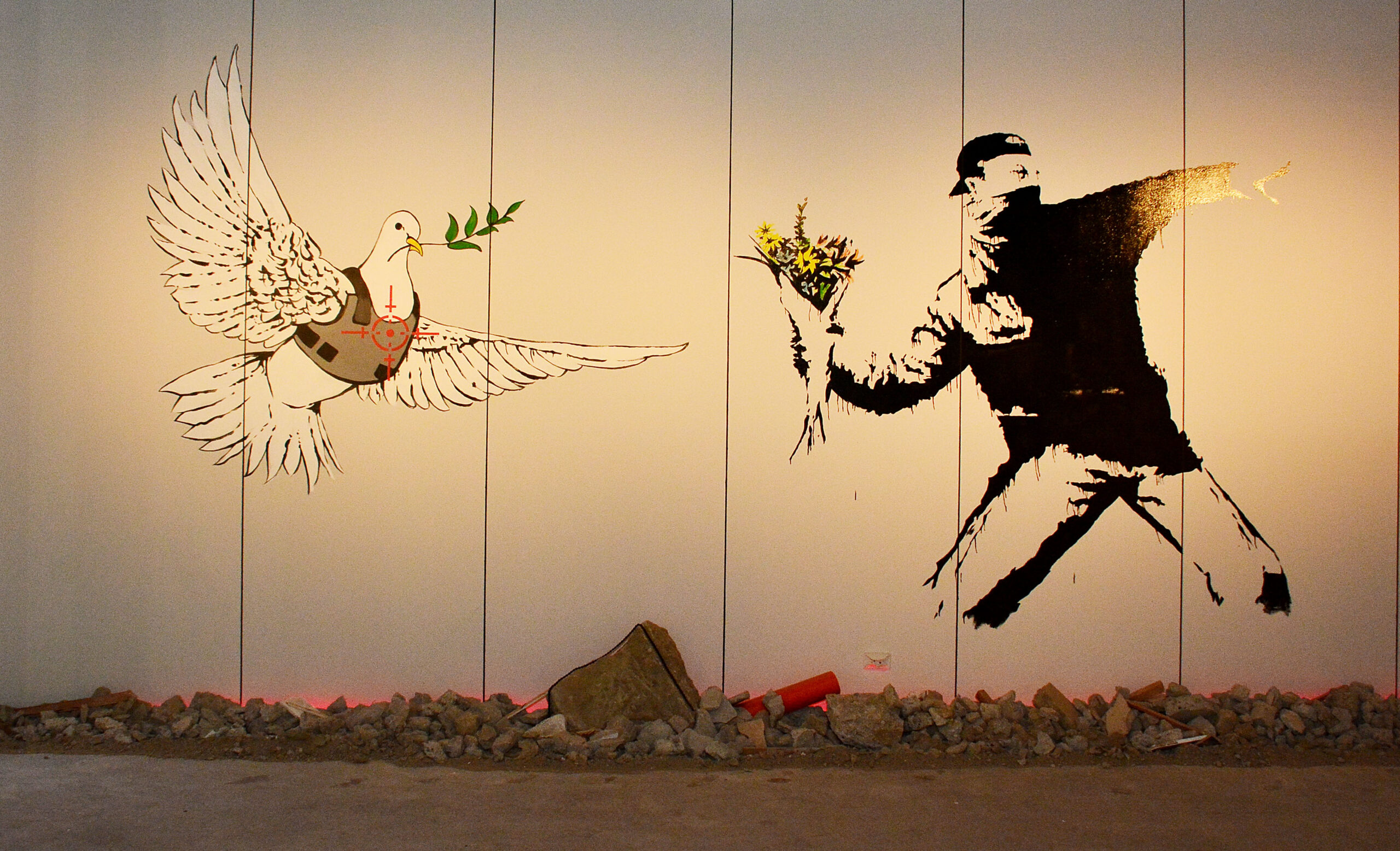
Although Banksy’s works are inherently provocative, the exhibit’s unauthorized status has drawn criticism from many, sparking debate over the legitimacy of displaying his art without permission and invoking thousands of comments criticizing its “unauthorized” nature. But this unauthorized nature is a common trait of showcases of his work around the world, something which we’ll delve into further.
Nonetheless, The M has stood firm in its agenda, activating programs to engage with the community, and future plans to make a mural with graffiti artists (pre-approved, I think).
READ MORE: The Metropolitan Museum of Manila releases official statement on Banksy exhibit
In line with the anti-establishment spirit of the street artist, we can’t turn a blind eye to the position of The M as an institution. But we must also be aware of The M as an unsubsidized, non-government, nonprofit foundation, which has been free of charge for over a year but only now, is forced to charge entrance fees by the end of the month to supplement overhead charges for employee salaries and building maintenance.
Pioneering feminist, institutional critic, and performance artist Andrea Fraser once said, “Art is not art because it is signed by an artist or shown in a museum or any other ‘institutional’ site. Art is art when it exists for discourses and practices that recognize it as art, value and evaluate it as art, and consume it as art, whether as object, gesture, representation, or only idea.”
So let’s talk discourse.
How the “unauthorized” conversation is not as big a deal as you think
In the realm of Banksy exhibitions, the distinction between “authorized” and “unauthorized” is crucial.
Authorized exhibits by Banksy are few and far between. Meanwhile, unauthorized exhibitions of the artist’s work have proliferated since 2000.
Something netizens may not be aware of is that there have been countless unauthorized Banksy exhibitions across Asia, Europe, and the United States for decades.
Unauthorized Banksy exhibitions are common, and neither too crazy nor controversial.
In New York, there is a permanent and totally unauthorized collection in The Banksy Museum entirely dedicated to work by the artist. Also in New York last 2021, there was the world’s largest Banksy exhibition entitled “Banksy Expo: Genius or Vandal?” with a collection of 80 genuine, authenticated works that were also unauthorized by the artist.
“The Mystery of Banksy — A Genius Mind” in Cologne, Germany held in a former car dealership, drew over two million visitors, despite it not having a single original artwork, and was instead presented as a tribute to the artist with recreated artwork.
International “unauthorized” exhibits of an identical fashion to Banksy Universe’s at The M have been an ongoing trend for decades, one many other institutions do not even bother to clarify.
Granted, The M did not say as explicitly as they could have that the exhibit was unauthorized in their announcement of the show. The post, which has since been taken down by BGC, simply wrote, “Art is not a crime.”
It’s also important to keep in mind that there is a difference between what is “authorized” and what is “authenticated.”
Some of the work featured in these exhibits have been authenticated by the Pest Control Office, the official body that authenticates genuine Banksy pieces.
Many of these exhibits are removed from their original environment, detaching from an authentic experience of his street artwork.
READ MORE: Pacita Abad’s art inspires wonder at the Venice Biennale & MoMA PS1
This is a statement repeated by The M, “It’s almost impossible to see Banksy’s original art outside of the specific locations in which they were created.”
Yet even if you walk the streets in Paris and see the original stenciled works by the artist near the Sorbonne, you can find them behind transparent plastic to avoid being tampered with, removing this sense of an experience of naturally stumbling upon his work, anyway.
One popular argument has been that Banksy’s legal guardian Pest Control espouses not using Banksy’s image for commercial purposes. But this seems to imply merchandise like his figures on a T-shirt or a baseball cap.
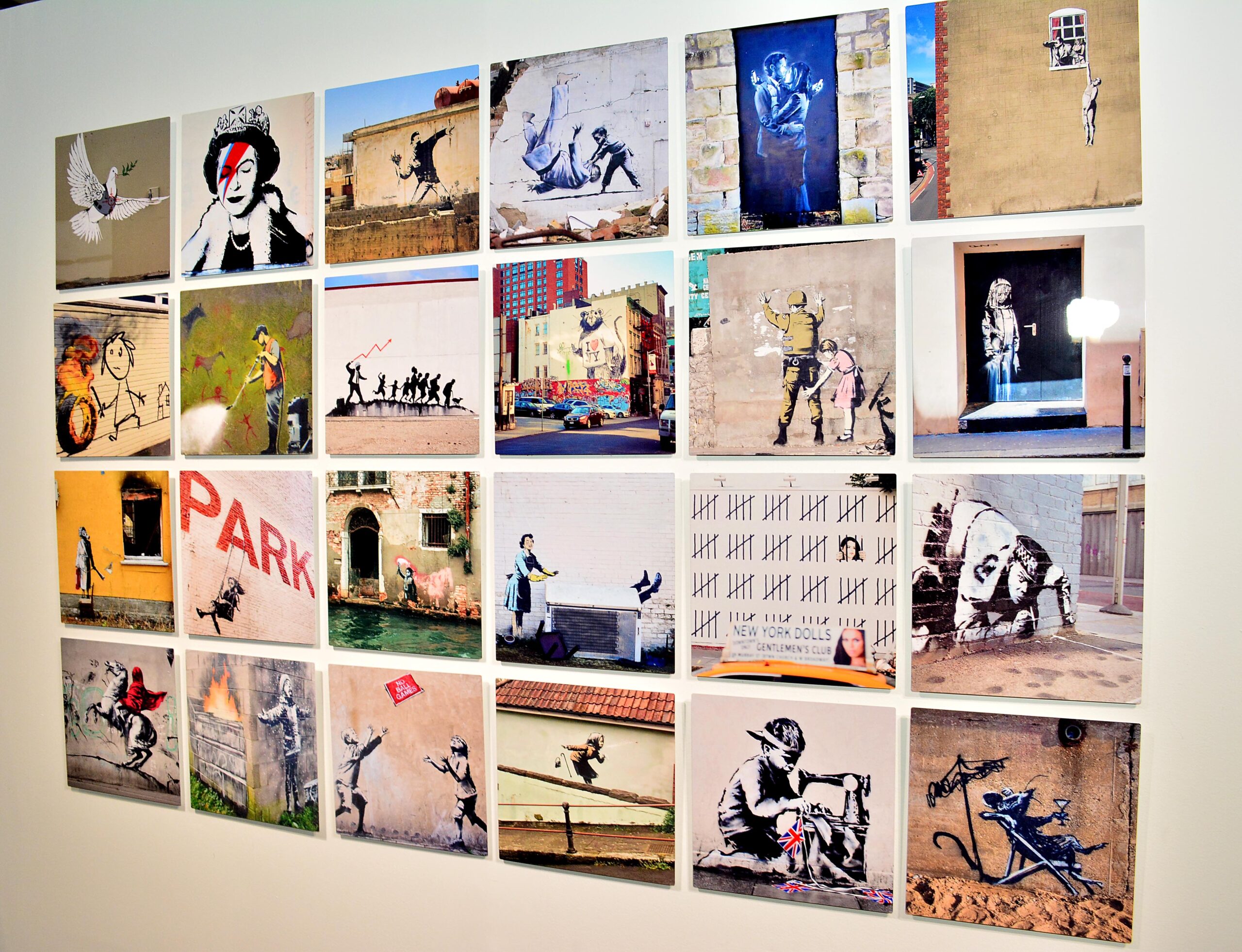
To authorize a work by the Pest Control Office also costs £100 (₱7,266.75), not including taxes and other fees that may arise from shipping abroad, which also has a questionable aspect of capitalism.
The main criticism for placing an exhibition that runs counter to Banksy’s subversive and anti-capitalist messaging in his art is ironic—a catch-22 situation where the value of Banksy’s work rakes in money, no matter what, as much as the artist pursues anonymity and independence from the system.
People do not like being lied to, and the initial lack of information and late admittance of the unauthorized exhibit prompted public outcry with criticism online that has spun out of control with over-the-top comments on high moral ground, as netizens called the exhibit “MMDA art” or “blasphemy,” among others.
This awareness of the ubiquity of unauthorized exhibits seemed to be shared knowledge among art world authorities at the exhibit opening. But this was an absent perspective online, perhaps out of fear of being canceled on the internet. It even seemed to be passed around in whispers at the opening.
However, criticism of restrictions on graffiti in Bonifacio Global City, where the museum is located, is understandable. Yet one must also imagine if the city did not impose at least some rules and instead imagine a BGC where graffiti is not pre-approved, and everywhere you can find tags of fluorescent letters that spell out balloon-like b-boy names in fluorescent Day-Glo. Maybe a “live love laugh” along High Street, too.
Banksy Universe at The Metropolitan Museum of Manila
This particular exhibition at The M is handled by the production company Banksy Universe, a group of Frenchmen who toured visitors at the private launch last week. The collective seems relatively new on social media, judging from their Instagram, which launched their first post just last April 11, 2024.
The members of Banksy Universe include international street artists, who prefer to remain as anonymous as their collective’s namesake. Some of them traveled to Manila to transpose recreations of Banksy’s street art through stencils and spray paint in The M exhibit.
Arranged in an immersive fashion, Banksy Universe seeks to recreate the expanse of Banksy’s work in the range of spray painted stencil pieces on standing walls, original prints by anonymous private local and international collectors, and other imitations of original works.
At the time of the soft opening, aspects of curation could have been enhanced, especially given the recent controversy, with a focus on ensuring a more engaging and informative experience for visitors, as a gesture of respect and consideration. Although post-opening it has been reported that there are further wall text captions and even QR codes that can identify where the original pieces were found.
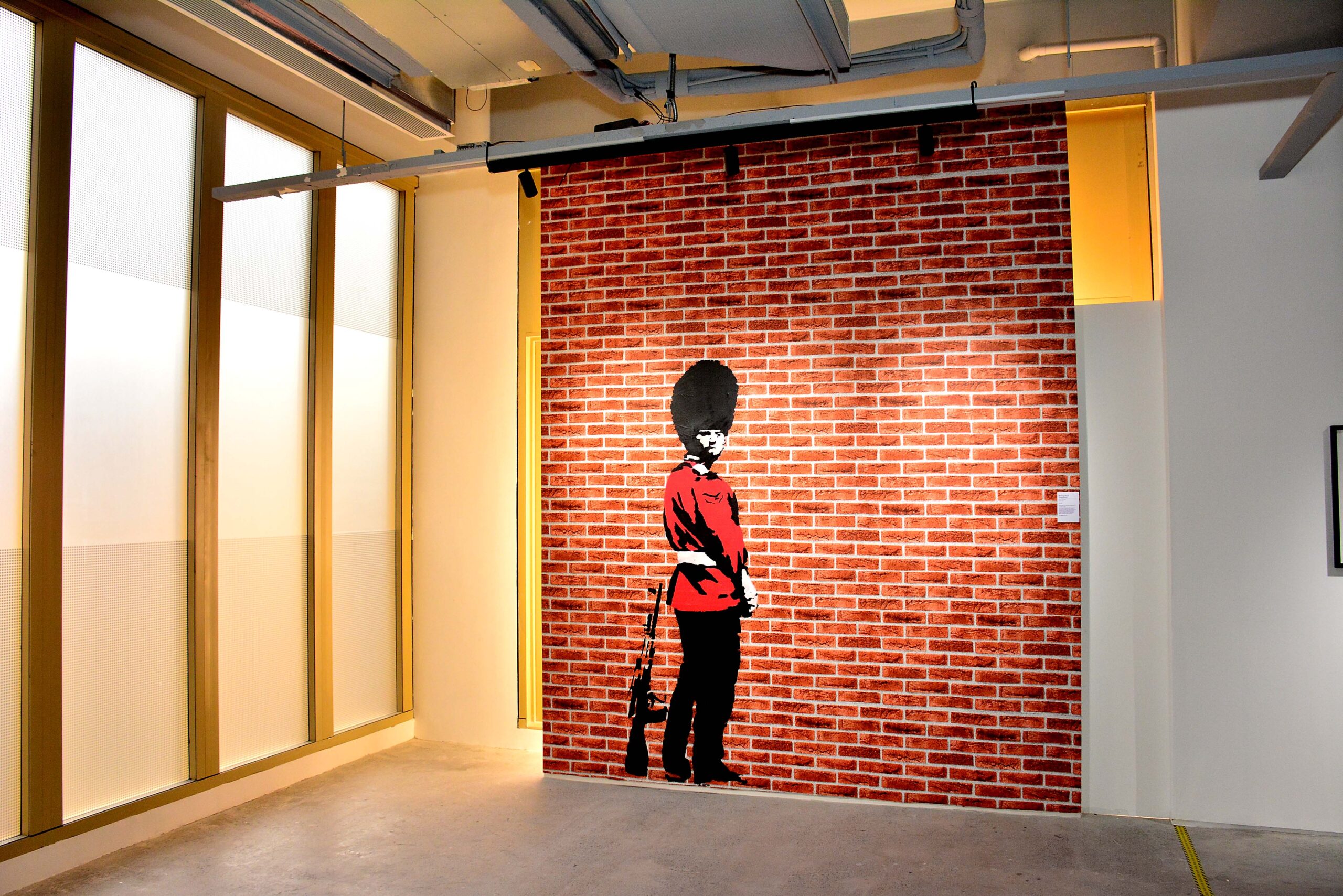
Upon entering the second floor, you move past a gray curtain, a couple of orange traffic cones, and a triangular road sign labeled “Banksy” with an exclamation point that indicates danger ahead.
Inside are the exhibition notes detailing Banksy’s career since the ’90s, touching on how he plastered his work on buildings of corporate entities.
You can find spray painted stencil recreations such as the King’s Guard subversively peeing against a faux brick wall. There is Banksy’s giant rat originally along Melrose Ave. in L.A. It holds up a red-tipped paintbrush that has written, “I’m out of bed and dressed. What more do you want?”
Privately owned pieces include the print that plays on “Pulp Fiction,” showing Samuel L. Jackson and John Travolta sticking out bananas instead of handguns. See one of the 500 editions of “Love Is In the Air (Flower Thrower),” a 2003 mural originally on the West Bank that depicts a masked man throwing a bouquet of flowers instead of a grenade or Molotov cocktail—a symbol to replace peace over violence.
READ MORE: Filipino-Belgian artisan Racso Jugarap emerges as finalist for Loewe Craft Prize
Certain exhibits are also relevant to the wars in Ukraine and Palestine, specifically with the recreated room depicting the Walled Off Hotel—a project of Banksy that I and many other guests were not aware of.
Seven years ago, Banksy’s “Walled Off Hotel” (a play on words on the Waldorf Hotel) challenged Israel’s surveillance of Palestine. The hotel, which has since closed, was in front of the ugly perimeter wall between Israel and Palestine, boasting ”The worst view in the world.” The protest was a hotel and gallery in one, erected to mark the 45 employed staff and a permanent exhibit, with art all over the walls and frames with words like “Free Palestine.”
Some of the elements in Banksy Universe can be classified as kitsch—such as a recreation of his imagined workspace, a red British telephone booth, and the well-known stall where Banksy sold original canvases to unassuming New Yorkers for cheap.

You can find screen prints showing Banksy’s “Pie Face” and other printed imitations of work where he took classical paintings and defaced the surfaces with his elements.
There is also documentation of certain album art like Blur’s 2003 studio album “Think Tank.” On one wall is a recreation of the notorious “Girl with Balloon” after it went under the hammer at Sotheby’s in 2018 for £1,042,000 (₱75,717,023.78), and was subsequently shredded live during the auction.
There were also small works sold at the opening, original prints issued on-site by The Banksy Hotel. At first, I was a little surprised that a museum would be selling these box sets in a raffle to collectors when the museum’s nature is averse to commodification—but these are explained over by being sold by Banksy Universe, and not the museum. Child Hope Philippines is also the beneficiary of sale proceeds.
Towards the end of the exhibit, there are references to the 2010 documentary film directed by Banksy, “Exit Through the Gift Shop.”
Banksy and the purpose of provocation
With several works being reproductions, there is a definite sense that the curators focused instead on the social relevance of Banksy’s art.
The purpose of The M and Banksy Universe’s collaboration has been reiterated to raise awareness of the artist by detailing his many projects and forms of work, with references to social issues. They write, “The exhibition offers a comprehensive view of Banksy’s impact on the street art movement, showcasing his thought-provoking pieces that address social and political issues such as inequality, injustice, capitalism, and commercialism… [The exhibit] is a unique opportunity to learn more about Banksy’s art and explore the universality of the many piercing social, political, and domestic issues it raises.”
Does a good cause make good art? Art writer Jerry Saltz, one of Banksy’s occasional critics, wrote, “Good causes and actions have nothing to do with making good art.” Traditionally, values like surface, material, scale, and color, were what made up the criteria to judge a work of art in a gallery or museum. But lately, the values of art have been measured more and more by the artist’s intentions and the piece’s social meanings.
READ MORE: 2024 Women’s Prize for Fiction explores the ‘migrant experience,’ ‘intimate family relationships’
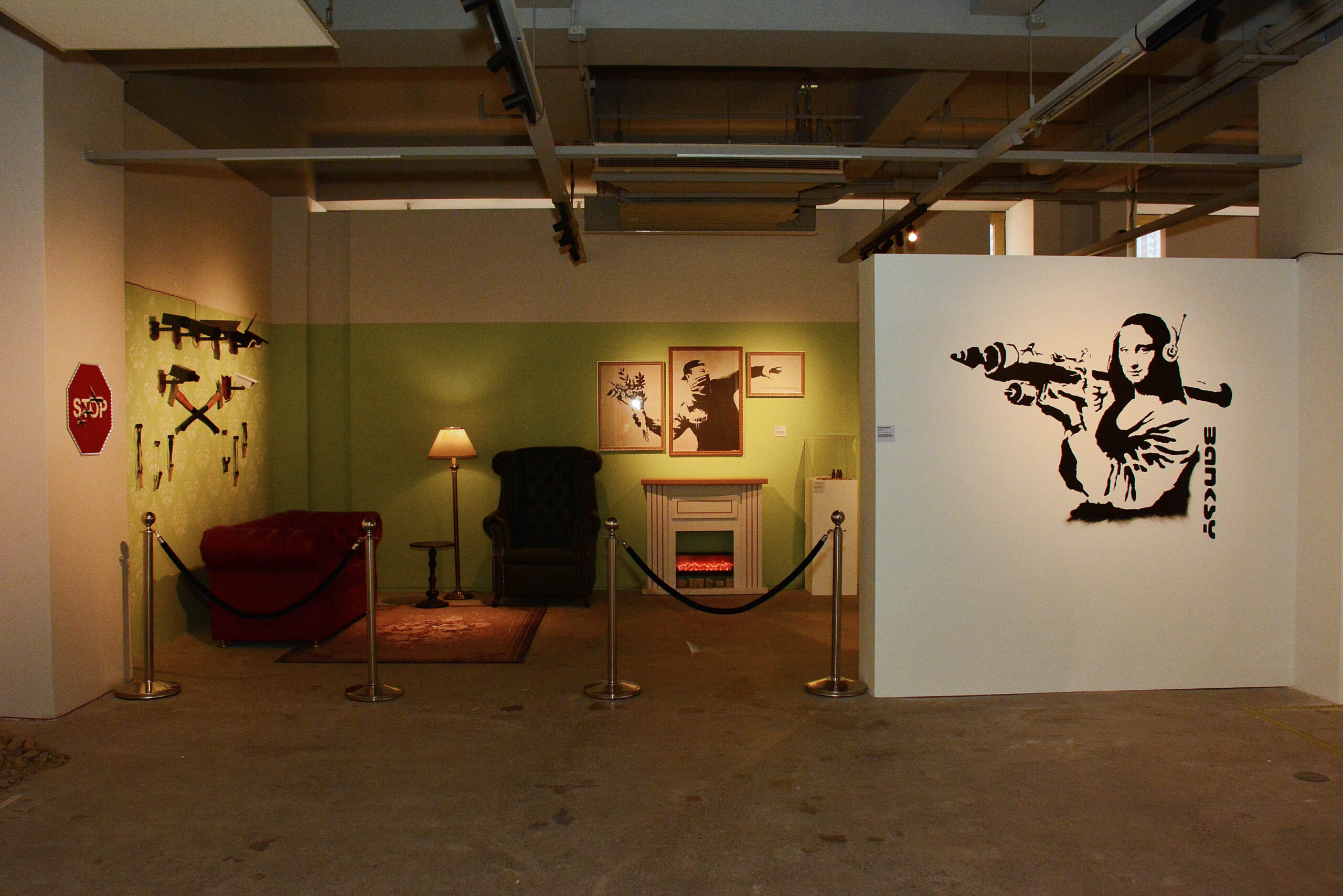
Banksy’s enigmatic persona adds another layer. Not much is known about the artist, except he is from Bristol. In his pursuit of anonymity, Banksy’s persona has always been anti-establishment, but these unauthorized exhibits highlight the tension between anti-establishment messages, institutions, and commercialization. For example, in a post-modern move, Banksy has persisted as a guerilla artist, like when he hung a painting at The Tate Britain, disguised as a pensioner.
He makes work that everyone can recognize, that stands on its own, far different from the fluorescent graffiti in large letters one sees on the street. His works are filled with dark humor and a deep sense of social criticism, with pieces that are largely black and white, occasionally highlighting certain colors. His images are simple in terms of composition but also a little bit edgy. There is some appropriation of art history and social issues, making graffiti more professional and also more bankable. Often his pieces are post-modern, with versatile mediums that go beyond street art, from paintings and prints to massive installations like Dismaland, the sinister satire world of Disneyland, dubbed a dystopian “Bemusement Park.”
READ MORE: LOOK: Jacquemus unveils gallery-like Paris office
When you think street art, you think graffiti writers sprinting through subways in the dead of night or parkouring across crumbled, abandoned buildings. Banksy still works within the traditions of graffiti, working unannounced and disappearing into the night. He still paints, or (spray paints quickly over stencils), illegally, too. Although if he were discovered, he’d likely never be arrested, his identity would be revealed on the news, and he would make a lot of money. Banksy has transformed this rebellion through a fame machine that gets the message out but also millions of dollars.
This whole issue is wrought with irony. While Banksy’s messages have always been anti-capitalist, many of his works have brazenly succumbed to the very workings of capitalism. So it is difficult to know what exactly the artist’s intentions are. While on Pest Control, he advocates for no dissemination of his work on mass commercial levels like T-shirts and caps, it’s difficult to proclaim definitively what his feelings are on all these unauthorized exhibits. Although ultimately, he appears to be the kind of person that just doesn’t give a crap, period.
If there’s one thing that can be said about the provocative artist, it is that his 30-year career has made waves in contemporary art by leaving the white walls of the gallery—with a role as a street artist who has challenged societal norms, successfully engaging with political issues on a massive scale that keeps the conversation on art, life, and the many issues in-between—going.
The Manila exhibition as a catalyst for dialogue
Can genuine institutional critique truly emerge from within an institution? Within the art world, characterized by its bubble of privilege, these institutions may be viewed as engaging in nothing more than virtue signaling. The controversy of having such an exhibit of a provocative artist at an institution could have been expected.
Maybe the fiasco that the Banksy exhibit in Manila has stirred is a success. It seems to be exactly the kind of conversation that Banksy is trying to elicit—the complicated, polarizing discourse between public institutions, private entities, and artists as well as a big middle finger to the man and authority.
The institution is taking active steps to address the issues raised by netizens, as The M plans an opportunity for a collaborative mural between graffiti artists.
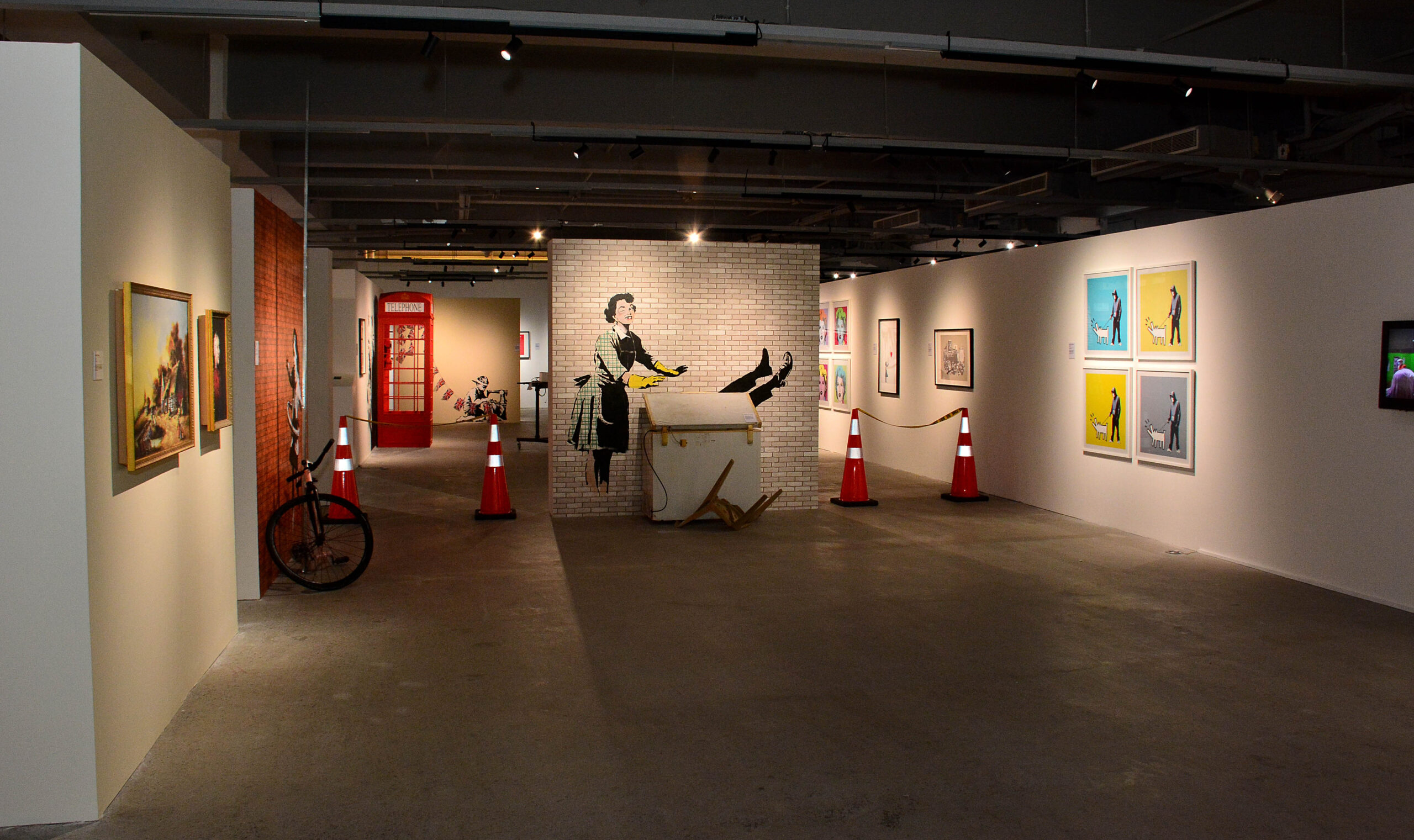
On another note, there has been pushback from artists and the public for The M, with negative feedback for not exhibiting as many Filipino artists. Some authorities in the art world cited “Sounds of Blackness,” in particular, that despite it being a relevant exhibition that gave exposure to Black artists in Manila, it was criticized for not having Filipino artists. This is despite being in-between programs of fabulous “The Hat of the Matter” and a stunning retrospective of Annie Cabigting.
For sure, the exhibit is challenging for all involved, prompting curators, onlookers, collectors, and institutions to grasp the hard facts while staying well aware of the nuances and ethics of involvement in the art world and its institutions, within and outside of it.
On the anonymous provocateur and the unauthorized exhibit, take a side or don’t—any discourse is good. Banksy in Manila has undoubtedly made an impact.
All photos courtesy of The Metropolitan Museum of Manila.

